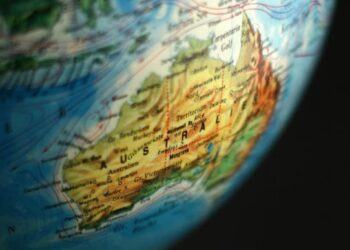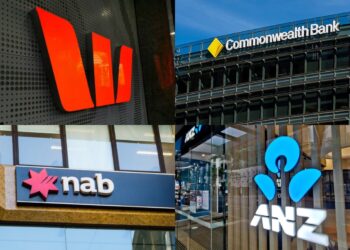But the RBA stepped back from the edge.
“The board agreed that a case could be made to ease monetary policy at this meeting, but that the most appropriate approach would be to maintain the current stance of monetary policy and to make another full assessment once more evidence of the effects of the earlier monetary easing had become available,” the board wrote in the minutes of their November meeting.
The RBA conceded that only gradual progress had been made towards the bank’s goals and unemployment and recognised that low interest rates were impacting savers and consumer confidence, another factor that played into their decision to hold.
The revelation that the RBA considered a cut in November – combined with last week’s shock unemployment data – makes a rate cut in December slightly more likely, although most forecasts are still focused on early 2020.
The rest of the minutes were unremarkable, following a template largely unchanged since the first rate cut; the RBA still expects a sluggish increase in growth to 2¾ per cent over 2020, the US-China trade war could get uglier, and inflation remains subdued in the major advanced economies despite low unemployment.
The RBA finished up their meeting with a now familiar statement.
“As part of their deliberations, members also agreed that it was reasonable to expect that an extended period of low interest rates would be required in Australia to reach full employment and achieve the inflation target.”
Just how extended that period will be remains unknown, with rates expected to drop to 0.25 per cent by mid-2020 and the prospect of quantitative easing on the horizon as Governor Philip Lowe prepares to give a speech on the subject next week.







